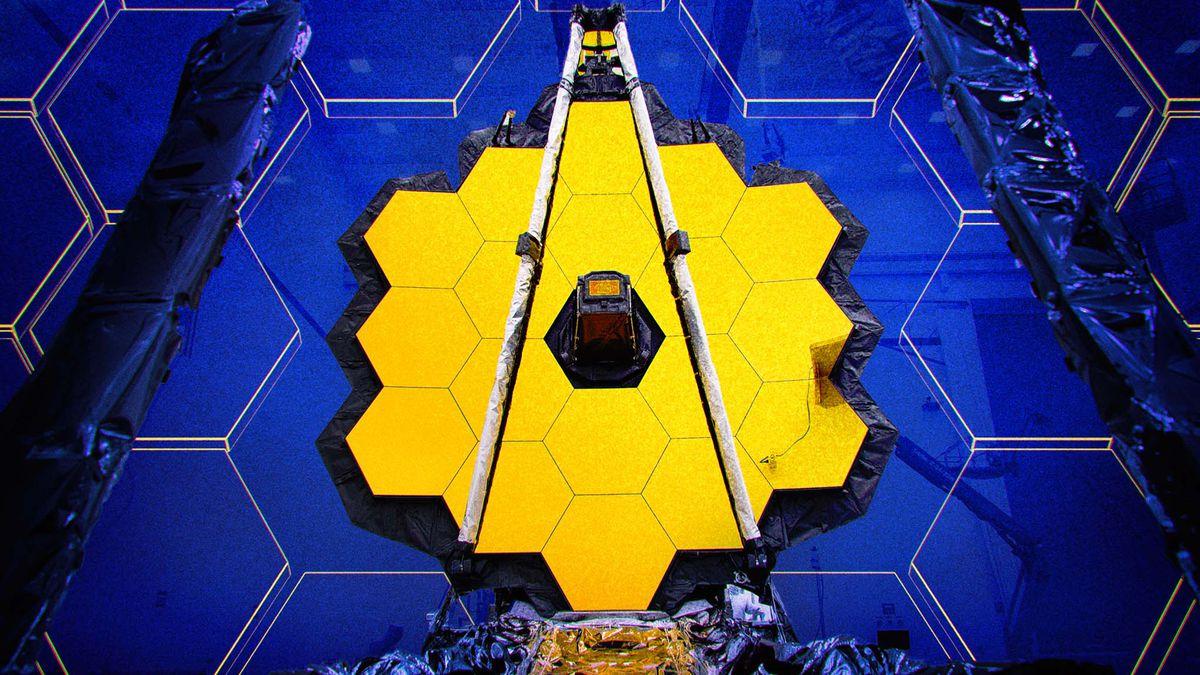We’re about to be one step closer to the edge of understanding our universe. I’ll be the first to admit that I’m a trillion light years away from being an astrophysicist, but that doesn’t make me any less of a star-gazer or dreamer. So when I hear that the James Webb Space Telescope (JWST) is almost fully operational, I feel something akin to profound awe and wonder. The universe enthralls me.
I also marvel at the imagination, creativity, and capabilities of the men and women who have labored so tirelessly to unravel the mysteries of our home in space. Imagine: an object weighing nearly 7 tons, designed to conduct infrared astronomy, flying through L2 on the opposite side of Earth from the sun, capable of viewing celestial objects too old, too distant, or too faint for any previous space telescope. That’s the James Webb Space Telescope. Launched five months ago (on Christmas Day!) at a cost of $10 billion, Webb should be able to begin transmission of its first images within the next few weeks. What wonders will we see?
Theoretically, at the very least, Webb will enable us to see back in time. That may sound magical but it’s actually relatively simple. Light needs time to travel across the vast distances of space—at about 186,000 miles per second!—so Webb’s powerful lenses will be capable of seeing “back” more than 13.55 billion years, back to a time when stars and galaxies began to form after the “Big Bang,” the moment of our cosmic dawn.
Webb’s astounding ability to reach far back in time is a result of its ability to use the longer wavelengths of infrared light to hunt for previously unobserved phenomena like the formation of galaxies, as well as to look inside dust clouds where stars and planetary systems are still forming today….
Sorry, friends; this is the point at which I reach the limits of my own mind’s universe. I told you: I’m no astrophysicist! I can’t begin to understand what Webb will tell us, or fathom the distance, the time, and the mystery of its revelations. That’s all millions of miles and billions of light years above my pay grade. Try as I may, the mystery of creation will likely continue to elude me like a dream, one vividly perceived but much too dimly remembered. It’s possible that Webb will bring me to the border of science and faith, a crossing we all will make when that time comes. First Corinthians: “For now we see through a glass darkly, but then face to face; now I know in part, but then shall I know even as I am known.”
But maybe I’m expecting too much from Webb. I’m sure the images that will return to us from its telescope will be astoundingly beautiful, but I’m not sure they will help me understand this long, strange journey any better than I do now. And you know what? I’m coming to terms with that. I think it was Tip O’Neil who liked to say that “all politics is local,” and maybe that’s true about our universe, too. I have no problem justifying the mission or expense of the JWST. Exploration is critical to our existence, but so is tending our own garden. In mine, the peonies bloomed this week and so did the roses and the wisteria.
Those are small miracles I can comprehend.
I’ll be right back.
Jamie Kirkpatrick is a writer and photographer who lives in Chestertown. His work has appeared in the Washington Post, the Baltimore Sun, the Philadelphia Inquirer, the Pittsburgh Post-Gazette, the Washington College Alumni Magazine, and American Cowboy Magazine. Two collections of his essays (“Musing Right Along” and “I’ll Be Right Back”) are available on Amazon.




Angela Rieck says
Very exciting times…I can’t wait…although, like you, I know that I will need someone else’s interpretation to understand them.